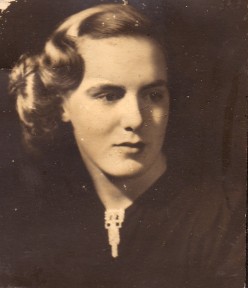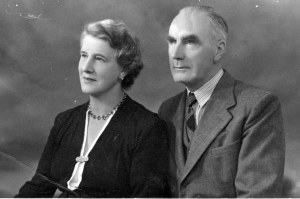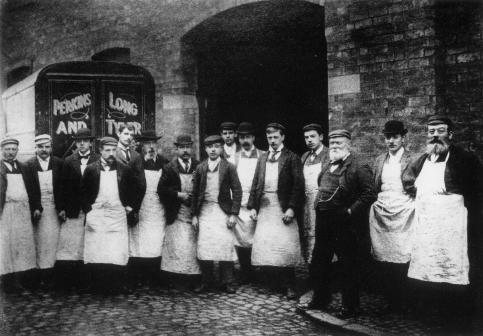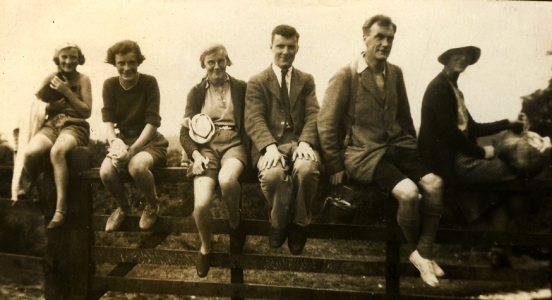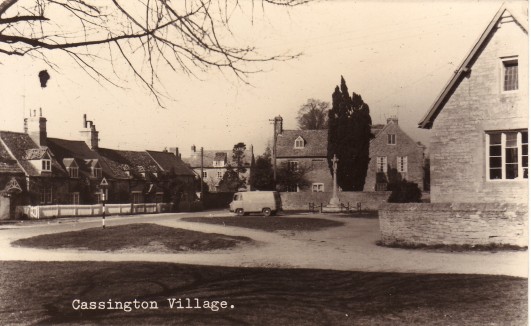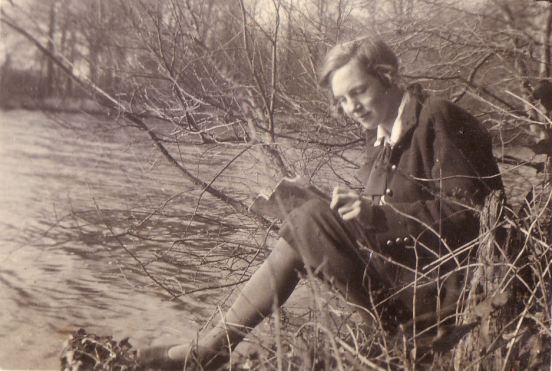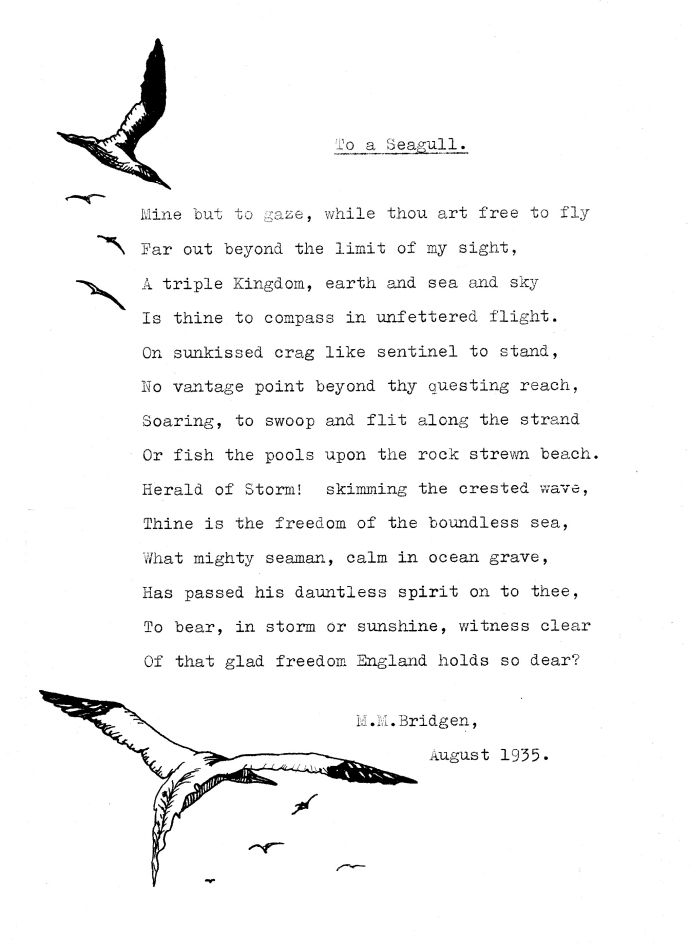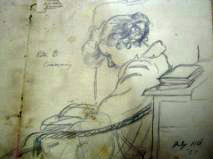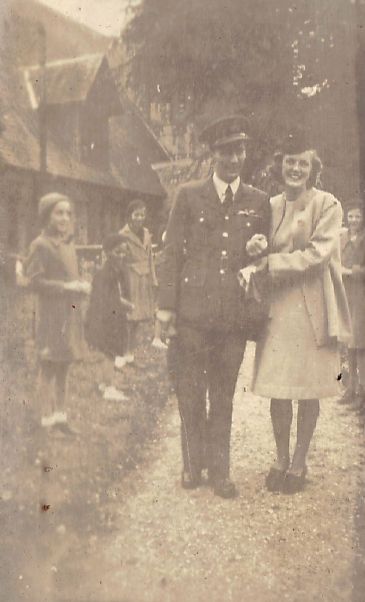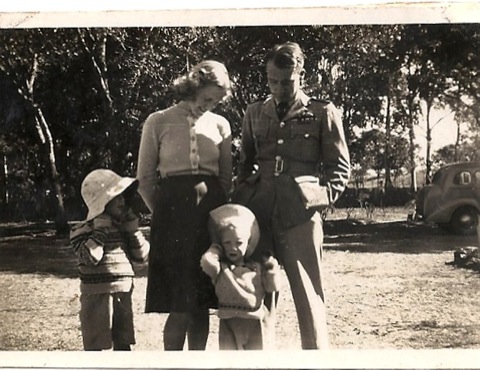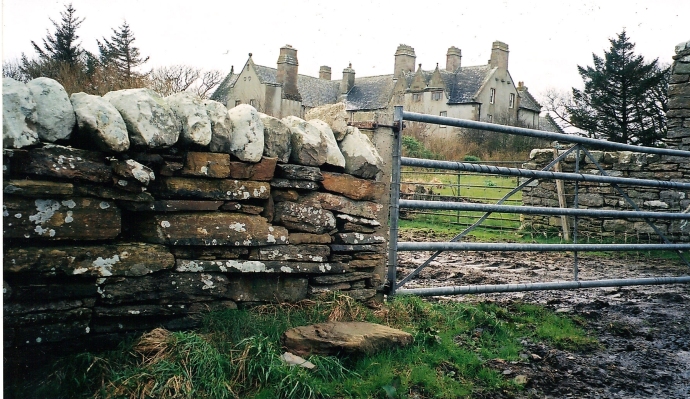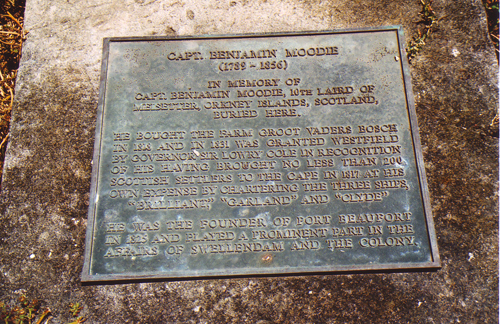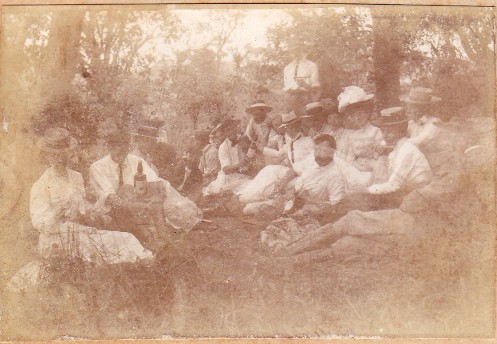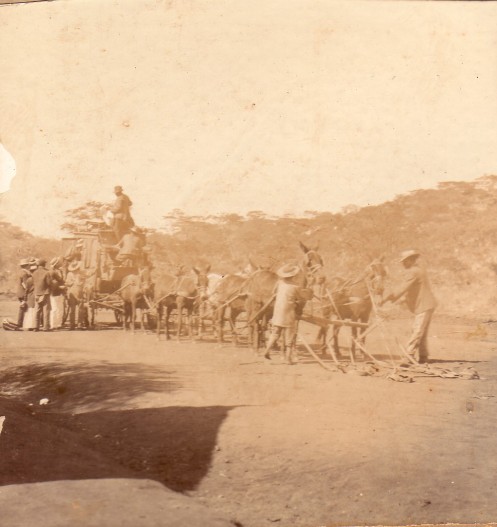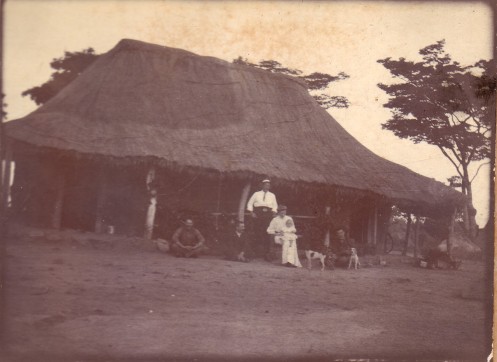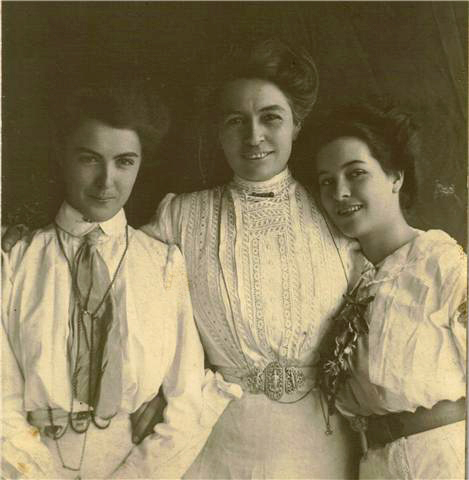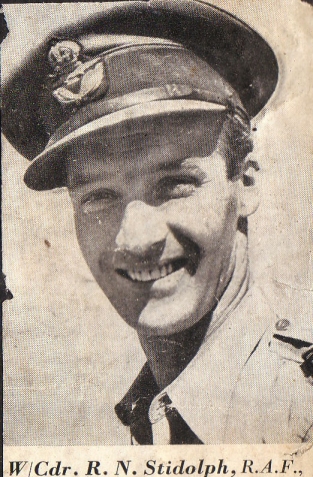I have recently been sorting through my aloe paintings, and one in particular stands out, for its universal message has a personal story attached…
When I was a young girl, we lived on a cattle ranch in Inyanga, which is situated in the Eastern Highlands of Zimbabwe, in a magnificent mountain range that borders with Mozambique.
There were seven children in our family and we roamed pretty wild and free, spending our days either helping with the farm or exploring the rivers, kopje’s and bush.
The hillsides of the farm were littered with mysterious ancient ruins and stone terraces that we loved to scramble over and explore, as we disappeared down tunnels, into unexpected enclosures, picking up shards of pottery, imagining who might have once lived there.
It was a blissful existence for kids growing up without television and all the mod cons of today. We learned to appreciate Nature on both macro and micro scale and this laid a firm foundation for the creativity that was to follow.
But then war came to that beautiful area and we were forced to move, leaving our playground behind. We all set off on our respective paths and life taught us some serious lessons.
On a nostalgic return trip to the old farm, many years later, I took my two young sons to visit a ruin that lay embedded in a commanding position at the top of a hill. The countryside was hot and dry, and in the grip of a ten-year drought. The rock hard ground was stripped bare of grass and the termites were eating the trees. A veld fire had recently removed whatever dry grass remained.
As we clambered up over the multiple layers of terraces, sweating and panting in the heat, we finally reached the ruin. Memories of my childhood came flooding back as I surveyed the landscape around and as I sat on a warm granite rock, I felt the earth’s energy seep through my body like a much needed blood transfusion. Oh, it was so good to be home!
In my desire to share my youthful memories, I attempted to ignite some enthusiasm into my sons, who both looked somewhat confused as to what all the excitement was about. I was beginning to wonder myself what the purpose of this visit had been. I mean this was my childhood and these were my memories, so how I was hoping that my boys would get it I really don’t know, when their reality was based in the city and the lush green hills of Natal.
Then, as I wandered around with my camera, I came upon two small aloes, side by side, both scorched from the fire, parched from the drought, but doggedly standing their ground. I was riveted by this image of survival, and in that instant, I knew why I had needed to be there.
I took that photo with me into the turmoil of my life and kept it as a clear reminder that no matter how great the heat, the thirst and the flames, when one is well rooted and grounded, one can survive pretty much anything. With a belief in one’s ability to survive, one can emerge stronger from the experience, with spirit and light intact.
Last year I translated that photograph into a chalk pastel painting and was reminded once again that Nature is the great teacher and Creativity, the therapist. Or is it the other way round? Whichever way I look at it they seem to work in tandem and I am very grateful for both.







